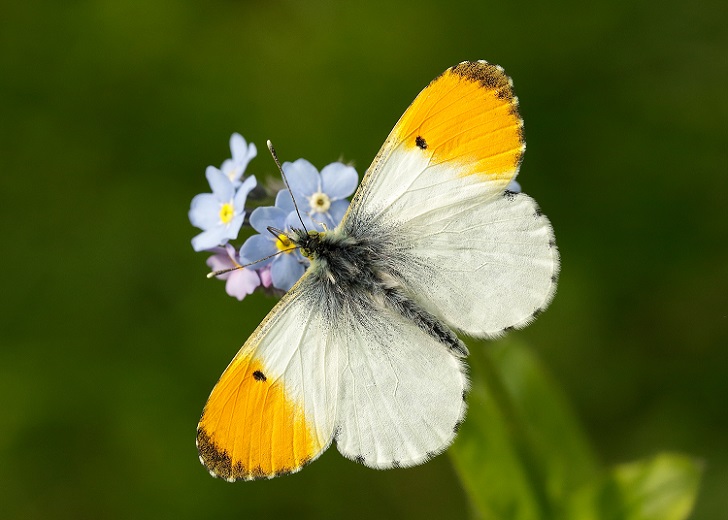Big Butterfly Count calls on public to help with conservation efforts
The annual survey sees thousands of people record their findings to assess the health of the environment

Big Butterfly Count is back for 2020 and we couldn’t be more excited to take part. After launching in 2010, it’s rapidly become the world’s biggest survey of butterflies that helps us to assess the health of our environment. Over 113,500 people took part in 2019, submitting 116,009 counts of butterflies and day-flying moths across the UK. This year’s project will take place from Friday 17th July to Sunday 9th August.

How do I take part?
Just spend 15 minutes in an appropriate outdoor space, and while you’re enjoying the nature around you, you can help Big Butterfly Count understand the butterfly populations in your area. You can do as many counts as you like on different days during the three-week period, and even unsuccessful counts (where you saw no butterflies at all) are important and should be submitted.
You can choose to either download the Big Butterfly Count App or record your results on one of the downloadable sheets from bigbutterflycount.org where you can enter your findings. The Big Butterfly Count will launch on Friday 17th July and run until Sunday 9th August, although the website and app will remain open throughout August so that you can continue to submit your sightings.
What will I see?
Big Butterfly Count takes place during the peak abundance of butterflies in the UK, when the most widespread and numerous species are on the wing. Nevertheless, no two years are alike and as we’ve experienced a warm spring, many butterfly species have been emerging early. We may see less of the early-summer flying species – such as Marbled White and Ringlet – by mid-July when the count starts, and more late-summer flying species such as Large White and Peacock.
It also depends where you live as to what you are likely to see – butterfly populations can be different in urban or rural areas as well as clustered in different places across the UK. Almost all of the 19 target Big Butterfly Count species (including the two day-flying moths featured in the count) are widespread across the UK, but a few, such as the Gatekeeper and Holly Blue, are scarce or absent from some parts, particularly further north.
If you’re not a butterfly expert, don’t worry, you can still take part. Download the project’s Identification Chart to help you pick out certain species, then sit back in nature and see what you can spot.











